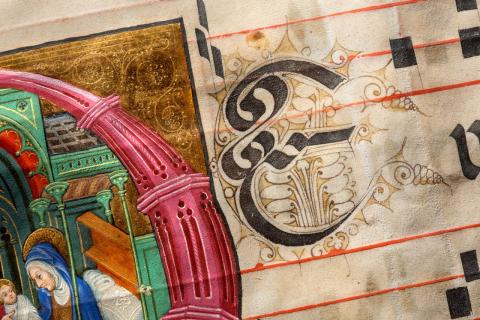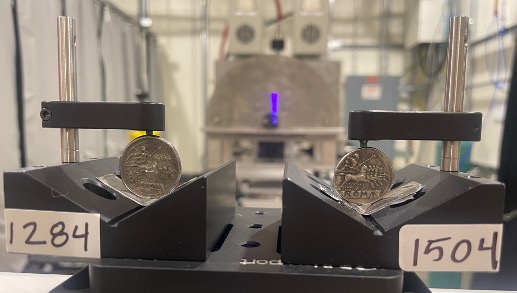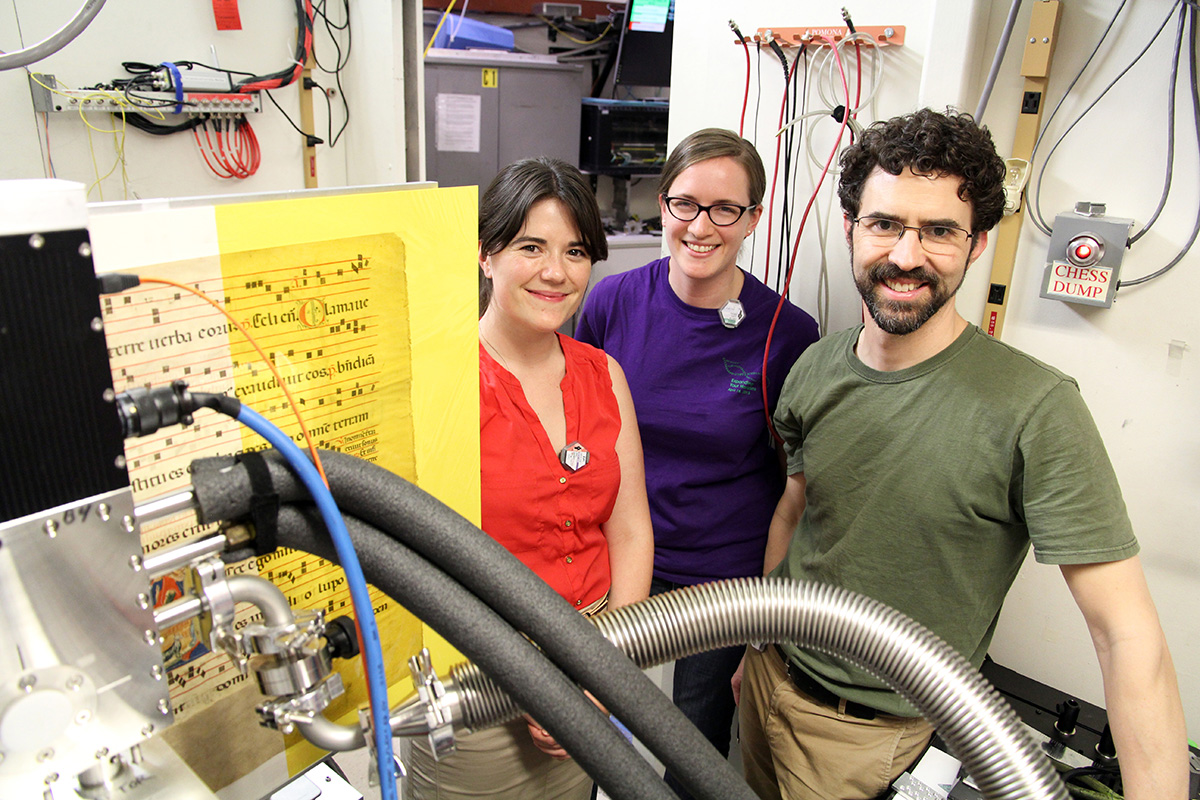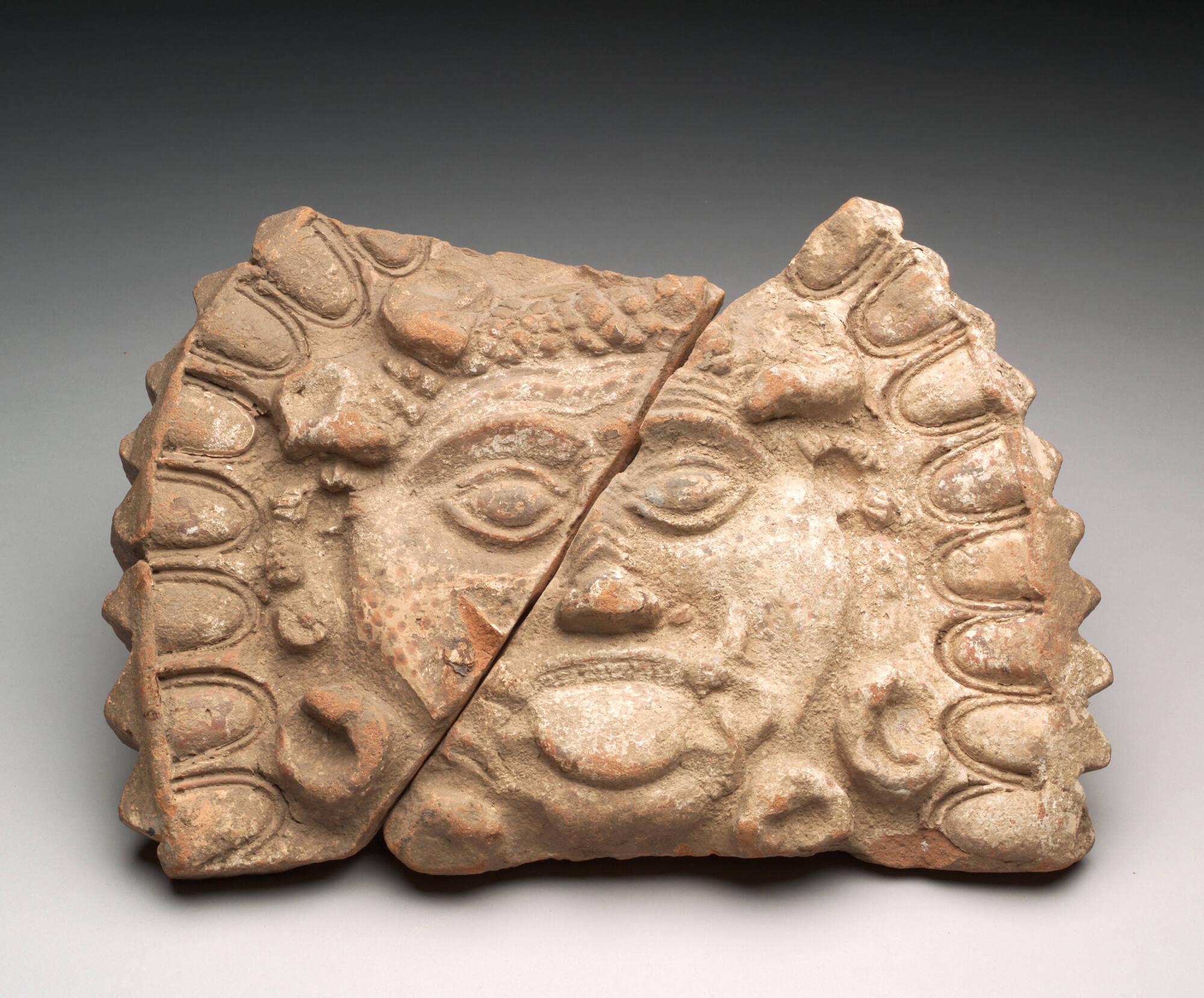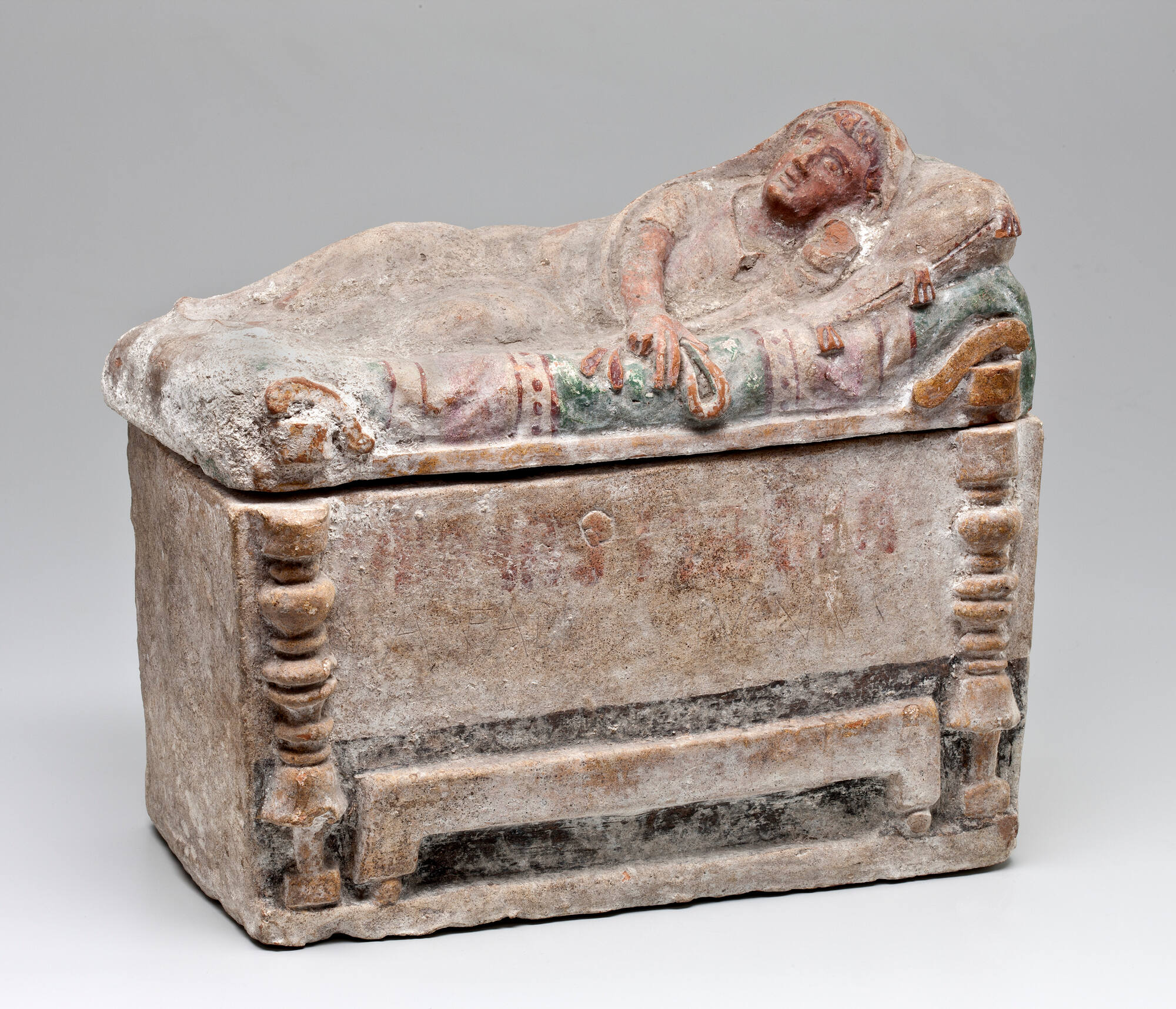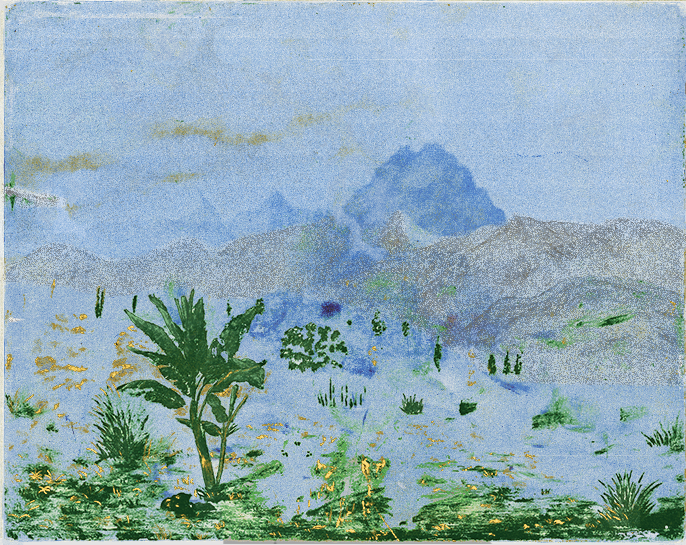Expanding Access to Synchrotron Light for Cultural Heritage Research
Cultural Heritage Research at CHESS
The Conservation Science EASL (Expanding Access to Synchrotron Light) Working Group at CHESS is a multidisciplinary, cross-institutional initiative committed to advancing the study of cultural heritage objects using synchrotron x-ray techniques.
Based at the Cornell High Energy Synchrotron Source (CHESS) in Ithaca, NY, our mission is to:
- Foster partnerships between CHESS scientists, Cornell faculty, and regional collecting institutions.
- Lower barriers to synchrotron access for cultural heritage researchers.
- Support lab-based preparatory work and guide proposal development.
- Provide hands-on training and educational opportunities for students and professionals.
We envision a vibrant, supportive community of scientists, students, conservators, and cultural heritage professionals working together across institutions and disciplines to expand the study of heritage objects through innovative synchrotron x-ray techniques.
EASL Working Group Leadership
- Dr. Louisa Smieska — Co-chair, CHESS Methods Lead
- Prof. Julia Thom-Levy — Co-chair, Faculty Liaison
Synchrotron & Laboratory Techniques
CHESS offers a range of advanced techniques through the EASL Working Group, including:
- X-ray fluorescence (XRF) mapping
- X-ray powder diffraction mapping
- High-energy x-ray diffraction
- X-ray absorption spectroscopy
Primary CHESS Beamlines:
1A3 (SMB), 2A (PIPOXS), 3A (FAST), 3B (FMB), and 6B (XLEAP, coming 2028)
Lab-Based Analyses Supported:
- Point x-ray fluorescence
- Fiber optic reflectance spectroscopy
- Low-resolution in-situ optical microscopy
Access to EASL Beamtime
EASL beamtime is currently limited to pilot project partnerships.
We anticipate opening a general call for proposals in Summer 2026.
Check back then for updates on proposal submissions.
Research Projects
Use the accordions below to explore EASL-supported pilot projects and past research collaborations.
